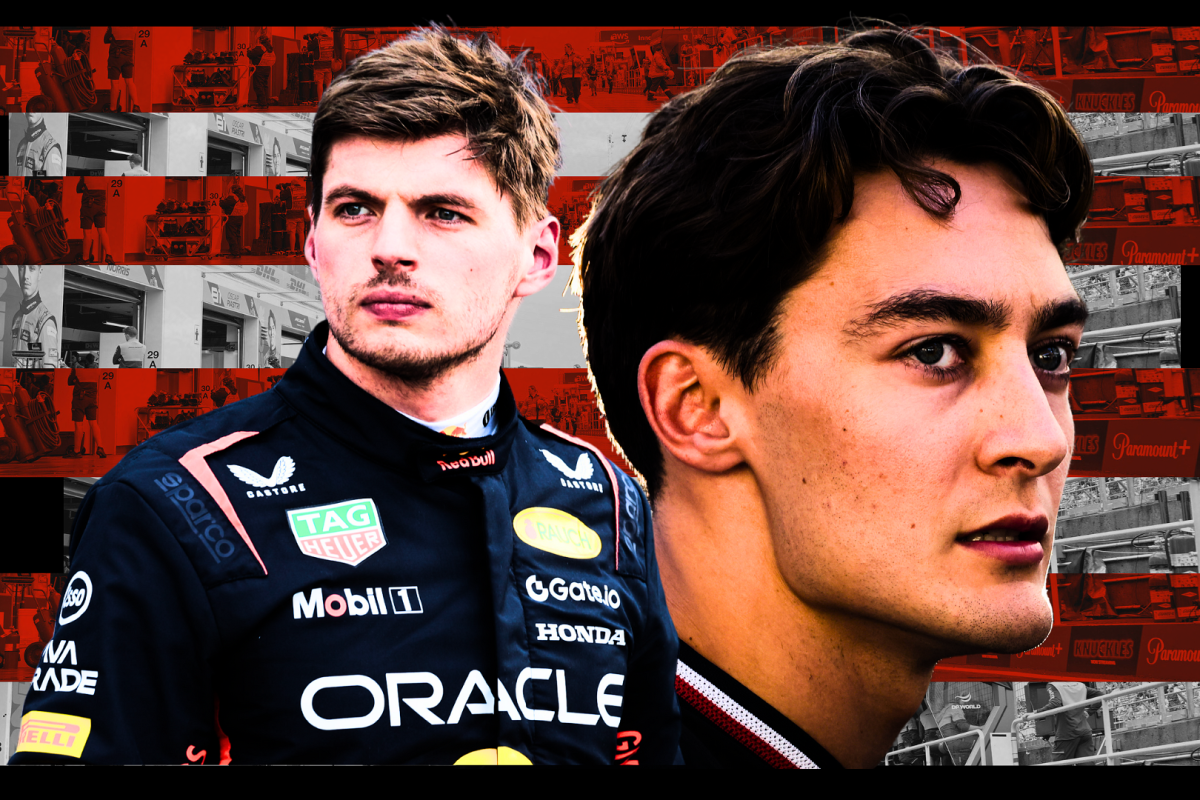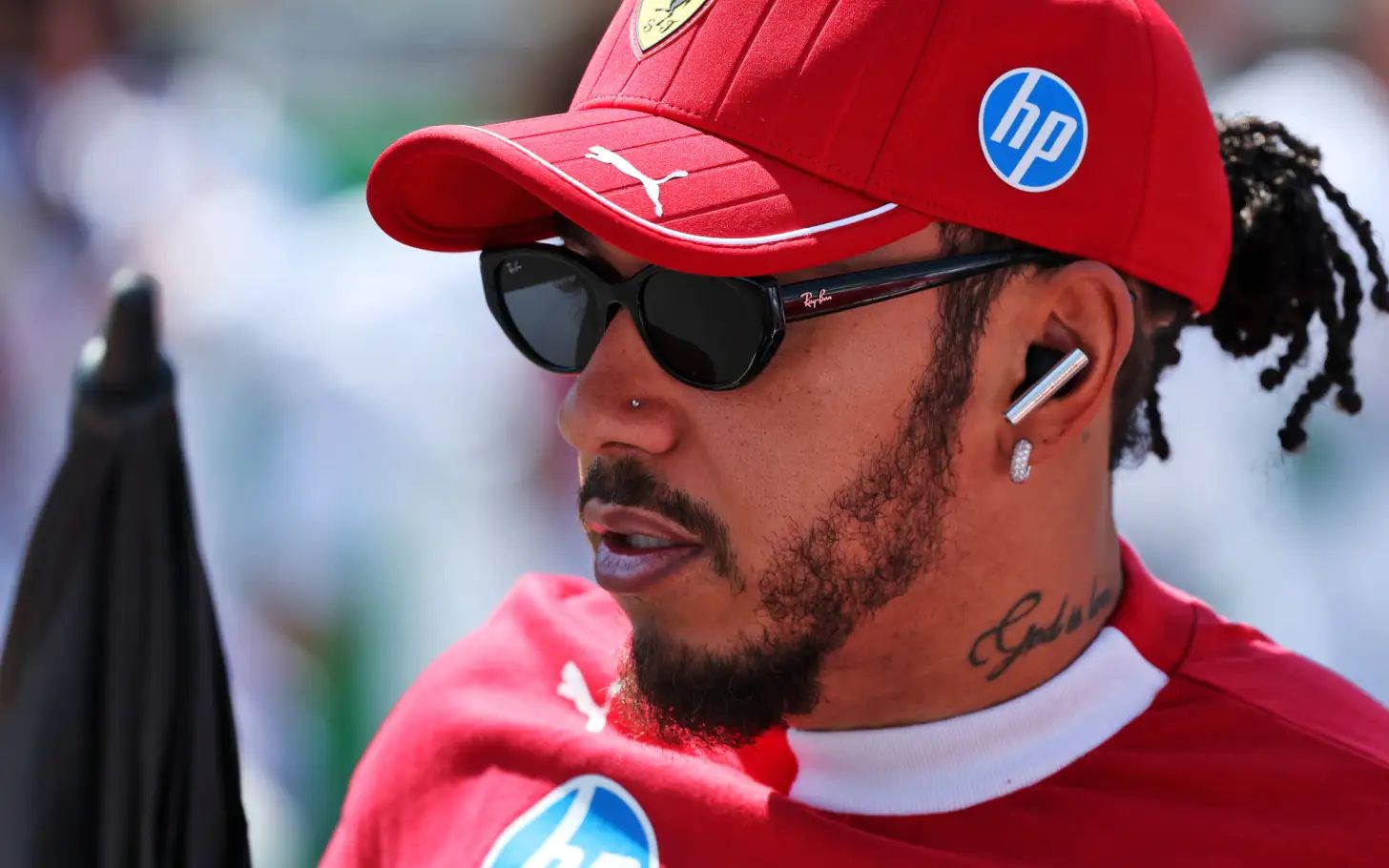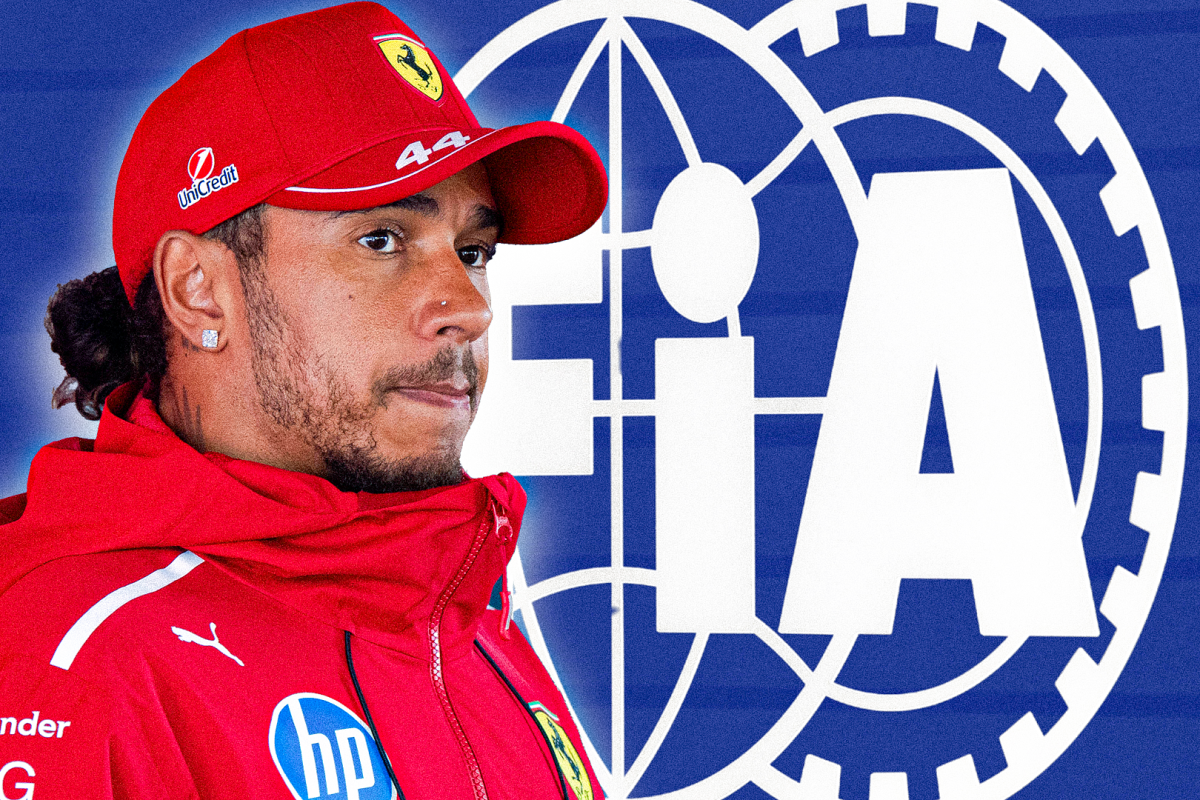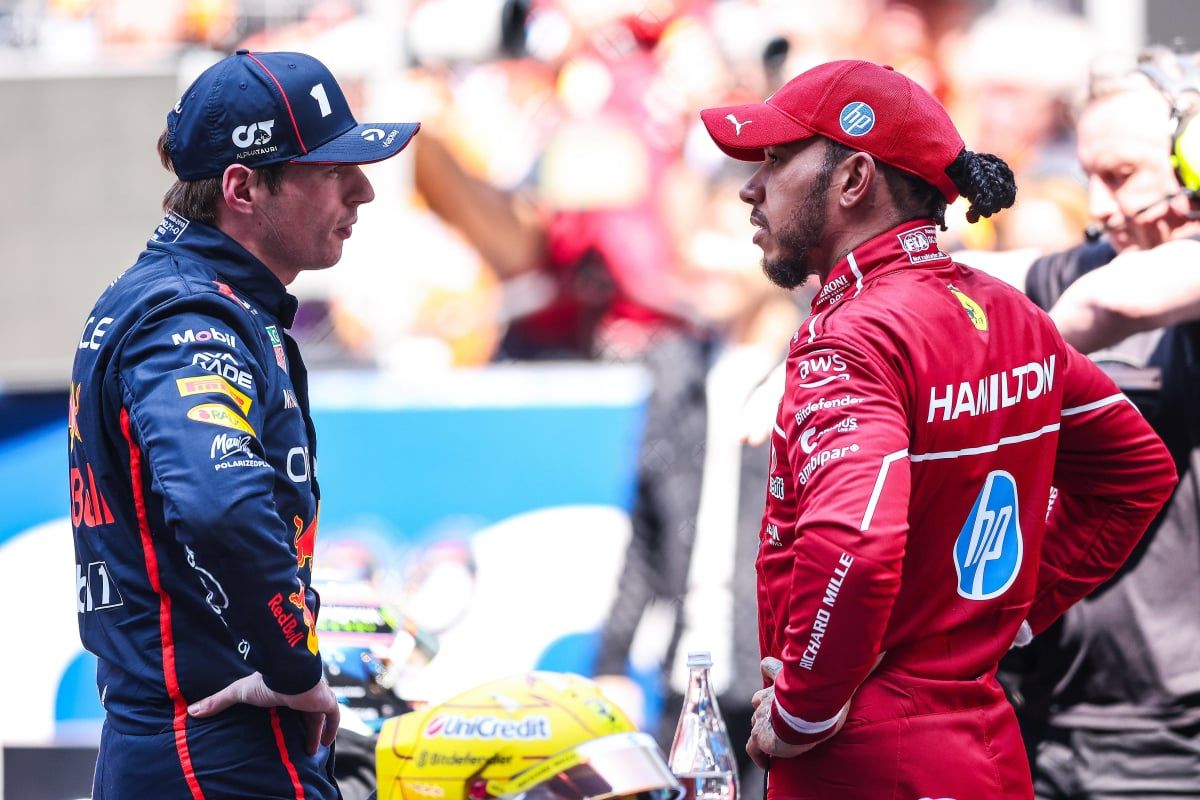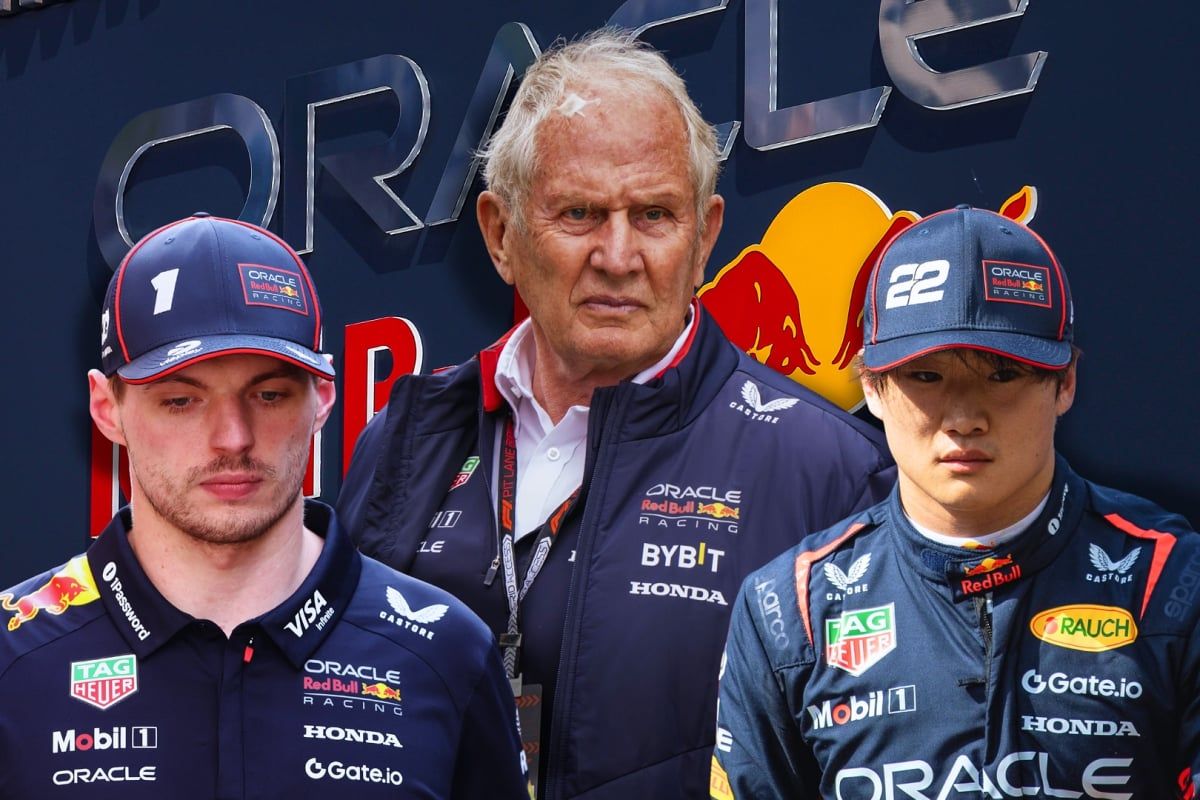George Russell schools Max Verstappen as Red Bull star to s…read more
The Canadian Grand Prix qualifying session delivered a dramatic twist, defying expectations and rewriting the script for Sunday’s race. George Russell, driving for Mercedes, emerged as the unexpected hero, securing a stunning pole position and handing Max Verstappen, the reigning world champion and Red Bull’s star driver, a humiliating last-place starting grid position. The session was a rollercoaster of unexpected performances, mechanical failures, and strategic miscalculations, leaving the paddock buzzing with anticipation for a race brimming with potential for upsets.
The rivalry between Russell and Verstappen, simmering since their controversial clash in Barcelona, reached a boiling point in Montreal. The qualifying session served as their first direct confrontation since the incident, and Russell decisively won the battle. His masterful lap, a testament to both his skill and the Mercedes’ improved performance, put him atop the timesheets, leaving Verstappen trailing in his wake. The Red Bull driver, known for his unwavering dominance this season, was visibly frustrated, his usual composure shaken by the unexpected challenge. His struggles hinted at potential vulnerabilities in the Red Bull package, or perhaps simply a less-than-optimal performance on the day. Whatever the cause, the result sent shockwaves through the paddock, re-igniting the debate about the balance of power in Formula 1.
Adding to the narrative’s complexity was the underperformance of McLaren, a team that had begun the season with a flurry of competitive pace. The once-dominant McLaren duo of Lando Norris and Oscar Piastri found themselves on opposite ends of the spectrum. Piastri managed a respectable third place, securing a solid starting position for the race. However, Norris’s performance was a stark contrast, marred by a series of errors in the final qualifying session that relegated him to seventh on the grid. His struggles highlighted the unpredictable nature of Formula 1, where even the most promising teams can falter under pressure. The contrast between Piastri’s controlled performance and Norris’s erratic showing underscored the individual battles within the team and the intense pressure cooker environment of a qualifying session.
The resurgence of Lewis Hamilton continued its upward trajectory. Securing a joint-best qualifying result of the season, Hamilton showcased his experience and prowess, proving that he remains a formidable force in Formula 1 despite the team’s earlier struggles. His performance provided a glimmer of hope for the Mercedes team, suggesting that they might be closing the gap to the frontrunners. The result underscored his unwavering dedication and the team’s progress in improving their car’s competitiveness.
In a stark contrast to the top of the grid, the lower reaches of the qualifying session saw a series of dramatic incidents and unexpected outcomes. Yuki Tsunoda, already facing a ten-place grid penalty, compounded his woes with a disappointing Q2 exit, sending him to the very back of the grid for the race start. This left him with an uphill battle, requiring a near-miraculous drive to recover any significant points. His struggles highlighted the immense pressure placed on drivers and the unforgiving nature of competitive motorsport.
The first qualifying session also witnessed the elimination of Carlos Sainz and home-crowd favorite Lance Stroll. Sainz’s performance was particularly impacted by an incident involving Isack Hadjar, a fellow driver who impeded his final flying lap. This incident was likely to result in a three-place grid penalty for Hadjar, adding another layer of complexity to the already unpredictable race dynamics. Stroll’s early exit in Q1, on the other hand, underscored the fierce competition in Formula 1, where even experienced drivers can find themselves struggling against the pace of their rivals.
The session was punctuated by a bizarre red flag incident involving Alex Albon. With five and a half minutes remaining in Q1, the engine cover of his Williams car inexplicably blew off down the straight, scattering debris across the track. The resulting red flag halted the session, forcing a temporary suspension of qualifying and leaving the Williams mechanics scrambling to repair the damage. Their swift and efficient work ultimately allowed Albon to rejoin the session and progress to Q2, a testament to their skill and dedication. The incident, however, remains a talking point, a peculiar and unexpected moment that further highlighted the unpredictable nature of the Canadian Grand Prix qualifying session. The sheer variety of events, from stunning pole positions to mechanical failures and strategic errors, ensured that the Canadian Grand Prix qualifying session would be remembered as one of the most dramatic and unpredictable in recent Formula 1 history.
